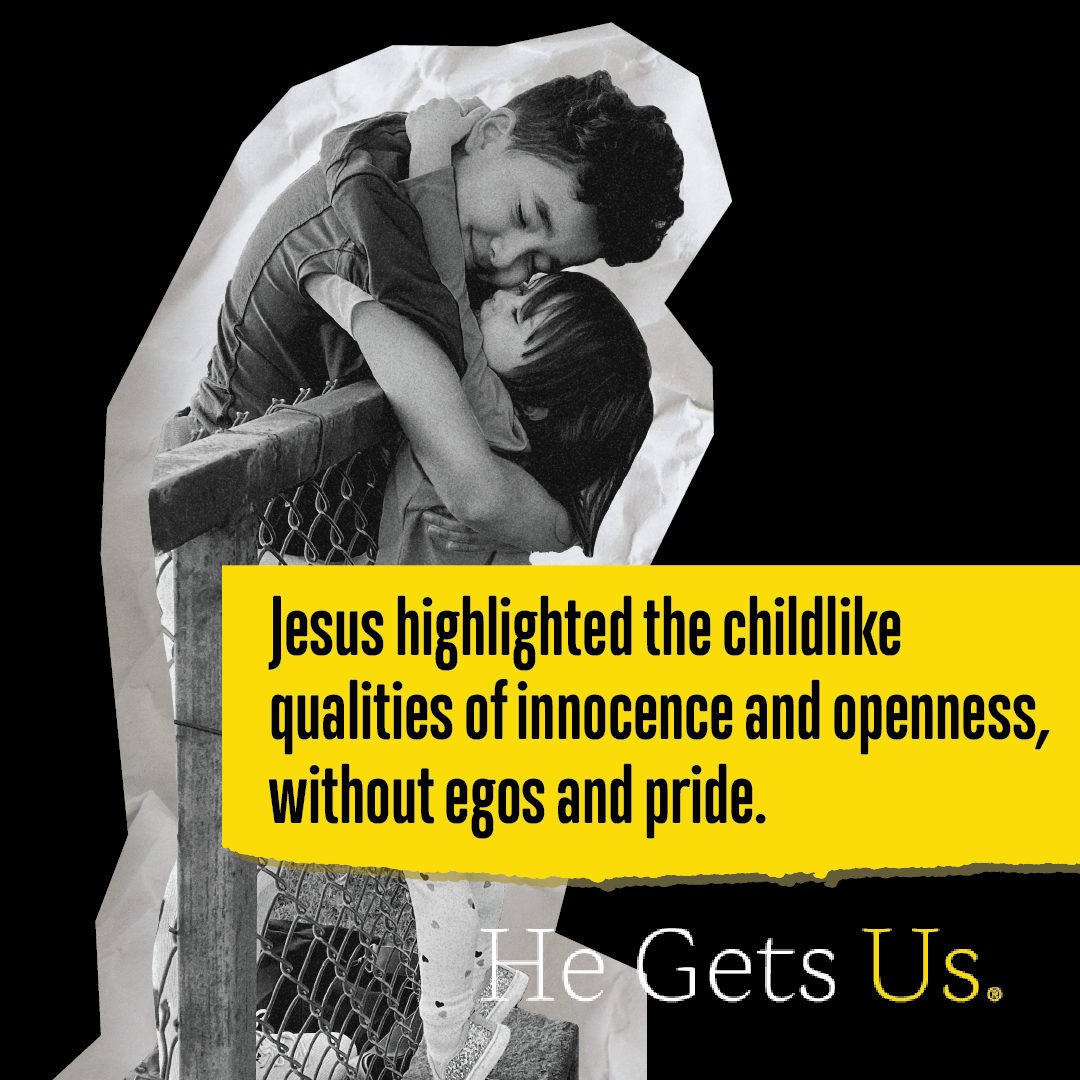March 2023 Interfaith News Roundup
by Paul Chaffee
The Interfaith News Roundup is a monthly publication of The Interfaith Observer. Paragraph by paragraph the Roundup summarizes major religion/interfaith stories that are underreported. Each paragraph is linked to the full story it introduces.
If you’d like to receive the Roundup monthly, you can sign up for our mailing list here.
Christians, By the Numbers
The slow but steady decrease in Christianity in Europe and North America and the growth of African Christianity has led many to predict the future of the Church to be African. Now comes a startling story titled “Running the numbers, Africa isn’t the Catholic future – it’s the present. The article is full of startling statistics about Catholicism around the world: “Nigeria, Kenya and Congo together would represent a vast pool of 80 million weekly Mass-goers, which would be about one-quarter larger than the total for all of Europe and North America combined.”
Numerous Christian denominations are splintering, breaking into two or more distinct groups, frequently over sexuality issues. Rev. Justin Welby, Archbishop of Canterbury, said he would rather the Church of England be disestablished from England’s government, a tradition reaching back to the 16th century, than see the global Anglican communion split up over issues of same-sex weddings and gay clergy. Currently, as a compromise, the Church of England blesses same-sex weddings but will not officiate at such unions.
As noted here in the past, the United Methodist Church for more than a decade has been conflicted over sexuality issues and now is breaking apart. The surprise in the midst of the Methodist breakup is that far fewer congregations in the US are actually leaving the UMC than anticipated. The Pluralism Project at Harvard reports that “6.1% of United Methodist churches in the U.S. — 1,831 congregations out of 30,000 nationwide — have been granted permission to disaffiliate since 2019. There are no good figures for international departures among the estimated 12,000 United Methodist churches abroad.”
Photo: yooperann, C.c. 2.0 BY-NC-ND
By contrast, the Hispanic Christian community is burgeoning in the US. It is young and new – “…less than 9% of Hispanic congregations trace their history prior to 1950.” Most congregations live in metropolitan communities of 100,000 or more. Among Protestants, 35% of the Hispanic members are under the age of 30.
“Spiritual but not religious” is a familiar trope. A quarter of North Americans identify with the phrase. But can you turn it around, to say “religious but not spiritual”? Matthew Bowman’s Salt Lake Tribune essay explores the matter. You may not agree with him, but he raises fascinating questions.
Muslims in the News
The headline in The Hill reads “Omar says some Republicans don’t want a Muslim in Congress: ‘These people are OK with Islamophobia.’” Anti-Semitism is usually associated with Jewish suffering. The same word, today, can point to Muslim suffering. The Hill reports that the antagonism between Senate Republicans and Muslim legislators has been growing.
Pakistan’s blasphemy laws have been strengthened. Till now the law dictated that anyone insulting the Prophet Mohammed is subject to the death penalty. Now Pakistani blasphemy law has been extended so that anyone critical of Mohammed’s companions can be punished with prison terms of ten years to life. Executions have never taken place, due to judicial pardons. But more than 70 have died at the hands of mobs and vigilantes. Last month, for instance, a Pakistani accused of blasphemy was taken from prison, dragged through streets naked, and beaten to death. Last month’s essay by Ahmet T. Kuru details this troubling issue and how it developed.
Father James Channan - Photo: United Religion’s Initiative
That said, the violence inspired by accusations of blasphemy should not tar the whole of Pakistan. At an interfaith conference at Pakistan’s capital Islamabad on January 25, the nation’s president “asserted that it is the ‘duty’ of Islamic societies to safeguard the ‘honor, dignity, life and property’ of followers of other religions.” Father James Channan, who has spearheaded United Religions Initiative’s considerable interfaith activity in Pakistan for more than 25 years, was at the conference. He “called upon Pakistan’s government to step up its own efforts at promoting tolerance, such as including materials on interfaith dialogue and peace in the mandatory school curriculum so that students open their vision and have positive attitude towards believers of all religions.”
Religious animal sacrifice has a long history in numerous traditions, but the practice has mostly disappeared in our modern world, till now. The Hamtramck, Michigan City Council made the decision to allow animal sacrifice in religious ritual as long as it is done “legally and humanely.” The issue centered around Muslim slaughter of goats or sheep during the festival of Eid.
Women’s struggle for rights in Iran this past year continues even when it’s not front page news. Recently a young, engaged Iranian couple were convicted of dancing in front of the Azadi (Freedom) Tower. For doing so they were sentenced to ten years and six months in prison for encouraging “corruption and prostitution.”
Interfaith Complexities
Nikki Haley, a Republican candidate pursuing the US presidency, is a second-generation woman of color from India, raised in the Sikh faith. However, she converted and is a Methodist today. Khyati Y. Joshi is also a South Asian American woman, but raised in the Hindu tradition. Her essay “Nikki Haley says she’s Christian, but it’s complicated” is an insightful essay about religious identity in an interfaith world.
Photo: Pexels
How should we handle religiously inspired holidays in the midst of significant religious diversity? A new Ohio law will provide college students more flexibility when it comes to observing religious holidays. Ohio House Bill 353, known as the Testing Your Faith Act, requires higher education institutions to give students a minimum of three days every semester and also provide accommodations in order to observe religious holidays. No doubt this will annoy numerous school administrators. On the upside, the law offers a significant, ongoing teachable moment for appreciating the one, the many, and ‘the other.’ Any chance they’ll include high-schoolers?
Researchers suggest that more than a third of Americans can be categorized as religiously unaffiliated, and that number is growing even as churches see declining membership. Internationally, it’s interesting to note, religiously unaffiliated people experience harassment these days in 27 countries, up from 22 in 2019, according to an Pew Research Center analysis. “‘Nones,’ along with Jews, saw the greatest increase in the number of countries in which they were harassed.”
Paying Attention to Right-wing Christians
The Gospel of J. Edgar Hoover by Lerone A. Martin is a fascinating study of how J. Edgar Hoover consciously and successfully planted the seeds of Christian Nationalism, a growing movement supported by a majority of Evangelicals today. For a good overview and introduction to the book, Aaron Griffith’s interview with Martin in Religion & Politics is illuminating.
Photo: Cleveland.com
Racism and religious bigotry can be particularly insidious at the local level. A couple in Ohio, leaders in a home-school network, have been circulating a growing Nazi curriculum that goes to 2,600 subscribers. It promotes Adolf Hitler while denigrating people such as Martin Luther King Jr. as a “deceitful, dishonest, riot-inciting negro.” Katja Lawrence, writing as Mrs. Saxon, posted a picture of children giving the Hitler hand salute. “It fills my heart with joy to know there is such a strong base of homeschoolers and homeschool-interested national socialists. Hail Victory.” The revelation has generated considerable concern and debate among Ohio’s educators and politicians.
“He Gets Us,” Jesus that is, is a three-year, billion dollar campaign that spent $20 million on two Super Bowl ads recently. On their webside, you can find more than a dozen other brief He Gets Us vids about Jesus. Each one has a theme, such as … be childlike, love your enemies, Jesus loved the people we hate, did Jesus live in poverty, how did Jesus deal with injustice, and more. Each theme’s video comes with brief but illuminating comments. Its creators say it is aimed at “spiritually open skeptics” and “Christians whose reputations have fallen on hard times in recent years.” Big surprise: after reading and watching the vids, I felt myself, an Interfaith Christian, comfortable with the project.
Photo: He Gets Us Facebook
Follow the money? He Gets Us is coming largely from conservative, evangelical Christians. Is this a Trojan horse, designed to draw progressive Christians into a conservative Christian community…? No sign of that, no institutional affiliations. Religion News Service has a useful backgrounder about this national campaign devoted “to redeeming the brand of Christianity’s savior.” How to improve He Gets Us? Bring similar attention to the Buddha and to Mohammed, to Guru Nanak, Bishop Tutu, the Dalai Lama, Mother Teresa and others who similarly embody what Polynesians call Aloha.
Yes, the United States is the most religiously diverse nation in the world. However, it turns out we don’t know much about each other’s faiths, particularly about minority traditions.
If you want to learn more, particularly about right-wing religion and Christian Nationalism, the fastest way to keep up is to follow PRRI (Public Religion Research Institute) postings and publications. For religious, spiritual, and interfaith journalism in general, Religion News Service is the best single source.
Religicide
A year ago the U.S. Department of the Interior released a scathing report on the hundreds of government-sponsored boarding schools for Indigenous children over the past two centuries in America, many operated by the Catholic church. The report indicated the schools “were rife with corporal punishment, including solitary confinement, withholding of food, and whipping and other physical abuse. There are also reports of sexual abuse and the trauma of children being forcibly taken from their homes, having their hair cut, and being prohibited from speaking their native languages.” The U.S. Conference of Catholic Bishops is now responding through its Subcommittee of Native American Affairs. Bishops have also created the Catholic Native Boarding School Accountability and Healing Project “to address the role the church played in the government’s attempted cultural genocide.” Let the healing begin. (Clue: check out what Canada has already done.)
For years the Chinese government has been called out for its treatment of Uighars, Muslim Chinese largely in northwest China. Now comes a new report of the destruction of 100s of Buddhist sites and the torture of Tibetan Buddhists.
Religicide is a haunting word designating the destruction of a whole religion. Taken to the extreme, it could refer to the ending of all religion in a global nuclear war. The Bulletin of Atomic Scientists recently set the Doomsday Clock to 90 seconds before midnight, the closest it has ever come to the metaphoric suggestion about the potential destruction of humankind. The Clock was created in 1947, two years after Hiroshima and Nagasaki were bombed. It was last set at 100 seconds to midnight 20 years ago.
What’s Possible … What to Consider
Photo: Eli Duke, C.c. 2.0 BY-SA
McMurdo Station, the largest US conclave in Antarctica, has a population of about 1,000. On Friday evenings Jews celebrate Shabbat. On Sunday morning an interfaith service is held, and in the afternoon Christian communion is celebrated, including both Catholic and Protestant participation. The gathered scientists camping on the world’s biggest icebox don’t have time for theological quarrels, enjoying instead the interfaith solidarity of the human family.
Presbyterian Pastor Reys-Chow is bothered by our focus, particularly during Christian Advent, on light and dark. He is troubled that light and dark are signifiers of good and bad. He notes that “The idea that darkness is inherently bad needs no reinforcement, so let’s let go of the confining imagery and embrace creative reimagination.” One is reminded of Howard Thurman’s The Luminous Darkness (1965), which takes on the issue of what segregation does to the human soul.
Header Photo: Eli Duke, C.c. 2.0 BY-SA









